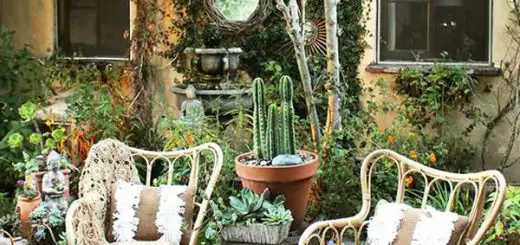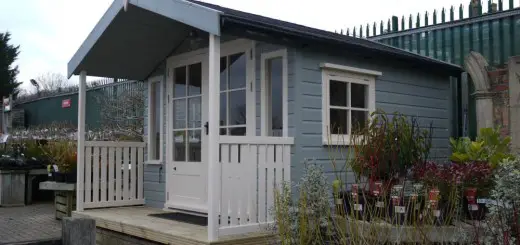What Type of Soil We Have in Our Garden and What’s Best to Plant
To get the best harvest out of a large or small garden plot, it’s best to know exactly what to plant, depending on the climate in the area, but also the soil. We have to determine what type of soil we have in our garden in order to choose the most appropriate crops. Here’s a small guide to enable you to make these choices.
Fertile soil is within the first 12 inches, not deeper, and that’t where most plants form their roots, where there’s all the organic material, microorganisms and angleworms are.
The deep soil is not fertile and you should’t bring it to the surface by digging, as you will diminish the quality of your planting soil this way.
In a larger garden or one in which the soil surface is not even, you should test the soil in several spots: the corners, the diagonals and then the middle.
What type of soil we have in our garden. Texture
The ideal soil is for most gardeners one rich in humus.
In order to determine the texture of your soil, you have to dig a small whole of about 4 inches and take out a handful of soil.
See how moist it is, clench your fist and then smell it. If it smells like moss or peat, moist-like that is, than it has a high organic content.
Take a little of the soil you dug and rub it with your fingers. See how sandy it feels to determine if it contains sand.
Try to shape it into a ball. If you succeed, it means it has some loam as well, if it doesn’t hold, then there’s very little loam.
Roll the ball into a wand and try to bend it into a circle. If there’s a lot of silt in it and not enough humus, you won’t make it, but if there’s clay, you will be able to form a circle.
What type of soil we have in our garden and what to plant in it
In sandy soils you can grow carrots, beans, meas, kohlrabi, salad, spinach, tomatoes, endives, asparagus, beat, radishes, rhubarb.
In loamy soils you can grow any vegetables except asparagus.
In soils soils rich in clay, that are soaked in water when it rains and all dried out and cracked when there’s a drought, you can grow white and red cabbage or rhubarb.
What type of soil we have in our garden. pH
The pH value will express whether the soil is acid (4,5 – 6), slightly acid (6 – 6,5), neutral (6,5 – 7,2) or alkaline (7,5 – 8).
If you don’t have a way of professionally measuring it, you can still find out if your soil is acid or alkaline using the old ways.
Put about one teacup of soil in a clean container and add a teacup of wine vinegar. If there’s a reaction – it becomes bubbly and make a sizzling noise – then the soil is alkaline.
DIf there’s no reaction, take another soil sample and mix it with 1/2 teacup of distilled water, then add 1/2 teacup of baking soda. If there’s a reaction, then the soil is acid.
What type of soil we have in our garden and what to plant in it
The best pH-ul for most vegetables is between 6,3 and 7,4, but some prefer a more acid or alkaline soil.
Beans, cabbage, cauliflower, broccoli, onions, garlic, and asparagus can take a more alkaline soil (pH 6,5 – 8).
Potatoes, tomatoes, peppers, and squash can grow in a more acid soil (5,5-6,8) too.
Carrots and parsley grow well in soil with a pH of 6-8, beat – 6-7,4, eggplants, spinach and sorrel – 5,5 – 6,5.
Fruit shrubs that prefer acid soil are the blueberry, red currant, gooseberry, raspberry, and blackberry. Acid soils is also preferred by fruit trees like the apple tree, cherry tree, pear tree and peach tree.
Anemones, corn flags, daffodils, hyacinths, and tulips prefer neutral or slightly alkaline soils, while hydrangeas, rhododendrons, azaleas, camellias, begonias, and primroses need a more acid soil.
Credits: cartiagricole.ro, gardenbio.ro
Photo credits: agrobiznes.md

















